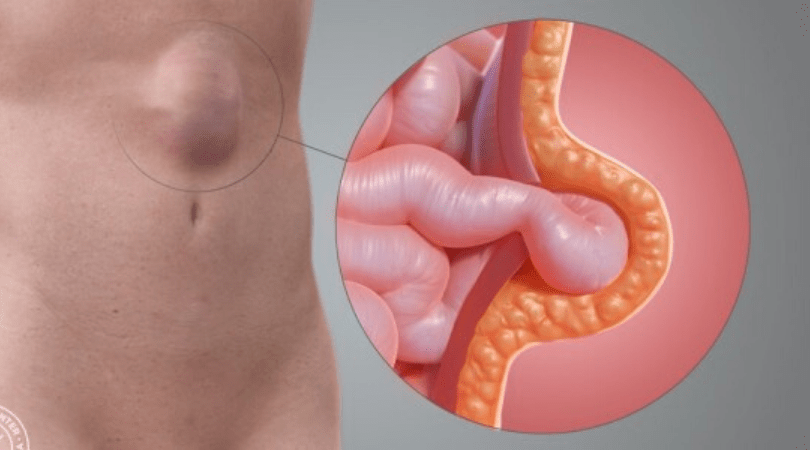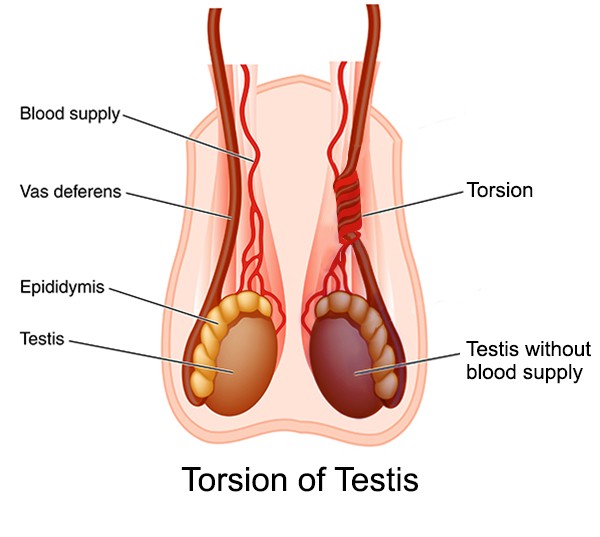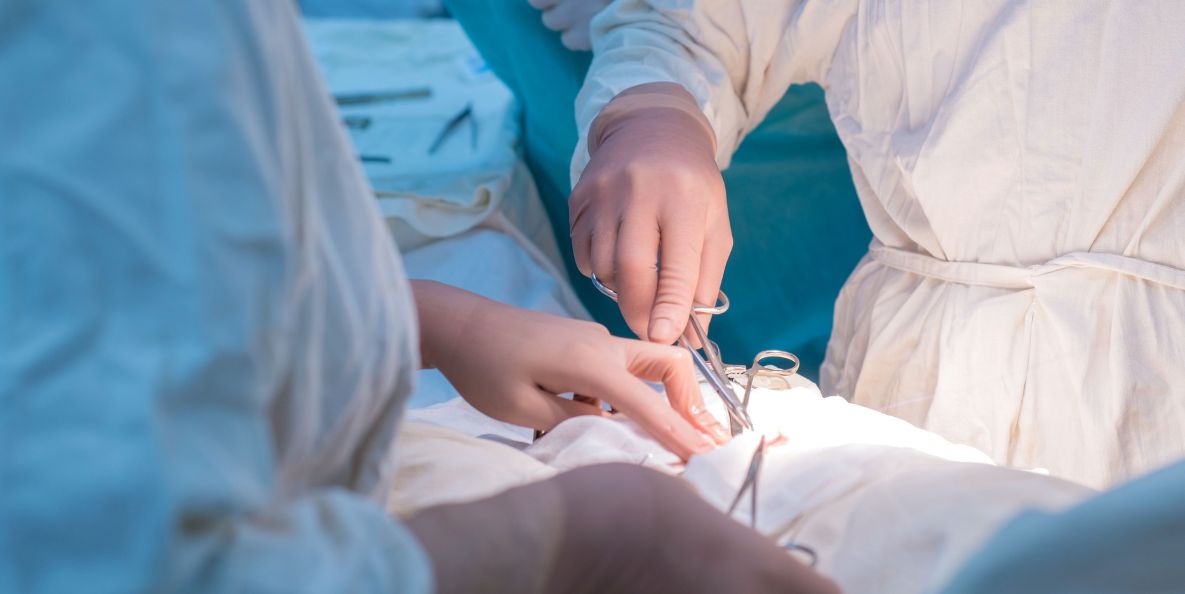There are several types of hernias, each classified based on its location in the body. The common types of hernias include:
- Inguinal Hernia: This is the most common type of hernia and occurs when part of the intestine or abdominal tissue protrudes through a weak spot in the inguinal canal, which is located in the groin. Inguinal hernias are more common in men than in women.
- Femoral Hernia: Similar to an inguinal hernia, a femoral hernia also occurs in the groin area. It happens when abdominal tissue protrudes through the femoral canal, a passageway near the upper thigh.
- Umbilical Hernia: An umbilical hernia occurs when part of the intestine or abdominal tissue protrudes through the abdominal wall near the navel (umbilicus). This type of hernia is more common in infants but can also occur in adults, particularly in women who have been pregnant.
- Incisional Hernia: An incisional hernia develops at the site of a previous abdominal surgery. It occurs when abdominal tissue protrudes through the scar or incision from the previous surgical procedure.
- Hiatal Hernia: A hiatal hernia occurs when part of the stomach protrudes through the diaphragm into the chest cavity. This type of hernia is associated with the hiatus, an opening in the diaphragm through which the esophagus passes.
- Epigastric Hernia: Epigastric hernias occur in the upper abdominal area, between the chest and the navel. These hernias involve the protrusion of fatty tissue through the abdominal wall.
- Spigelian Hernia: Spigelian hernias occur along the side of the abdominal wall, typically near the edge of the rectus abdominis muscle. They are relatively rare and can be challenging to diagnose.
- Obturator Hernia: An obturator hernia is a rare type that occurs when a portion of the intestine protrudes through the obturator foramen, a small opening in the pelvic bone. This type is more common in older women.
- Paraesophageal Hernia: A paraesophageal hernia is a type of hiatal hernia where the stomach pushes up through the diaphragm next to the esophagus. This can lead to serious complications and may require surgical intervention.
- Richter’s Hernia: Richter’s hernia involves the protrusion of only one wall of the bowel, typically one of its antimesenteric edges. It is a specific type of hernia that may lead to complications.
- Lumbar Hernia: Lumbar hernias occur in the lumbar or lower back region and can be congenital (present at birth) or acquired. They are relatively uncommon.
It’s important to note that hernias can vary in size and severity, and the appropriate treatment may include watchful waiting, lifestyle modifications, or surgical intervention depending on the type and individual circumstances. Individuals experiencing symptoms of a hernia or concerned about a potential hernia should seek medical advice for an accurate diagnosis and appropriate management.
Are you seeking advanced and minimally invasive solutions for hernia repair? Look no further than the expertise of Dr. Bhavesh Doshi, a leading surgeon specializing in laparoscopic hernia surgery in Mumbai. With a commitment to precision and patient-centric care, Dr. Doshi brings extensive experience to the forefront of hernia treatment.



